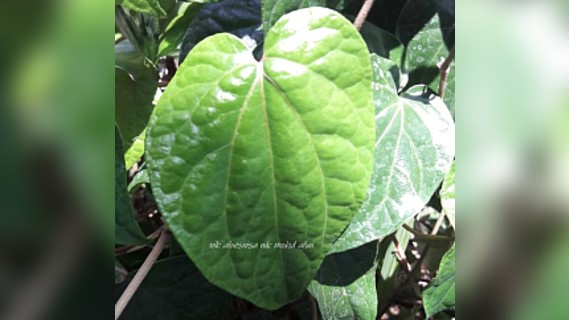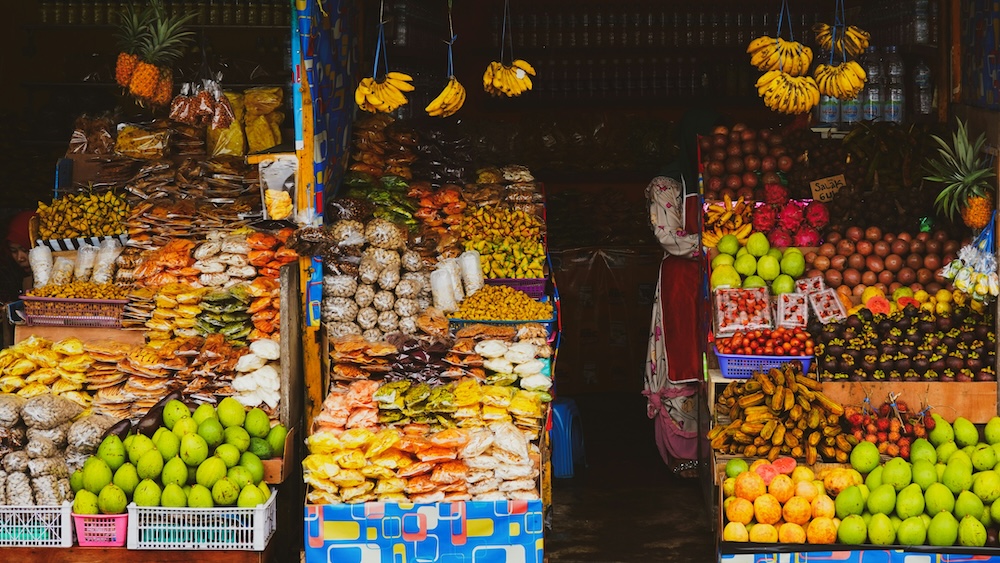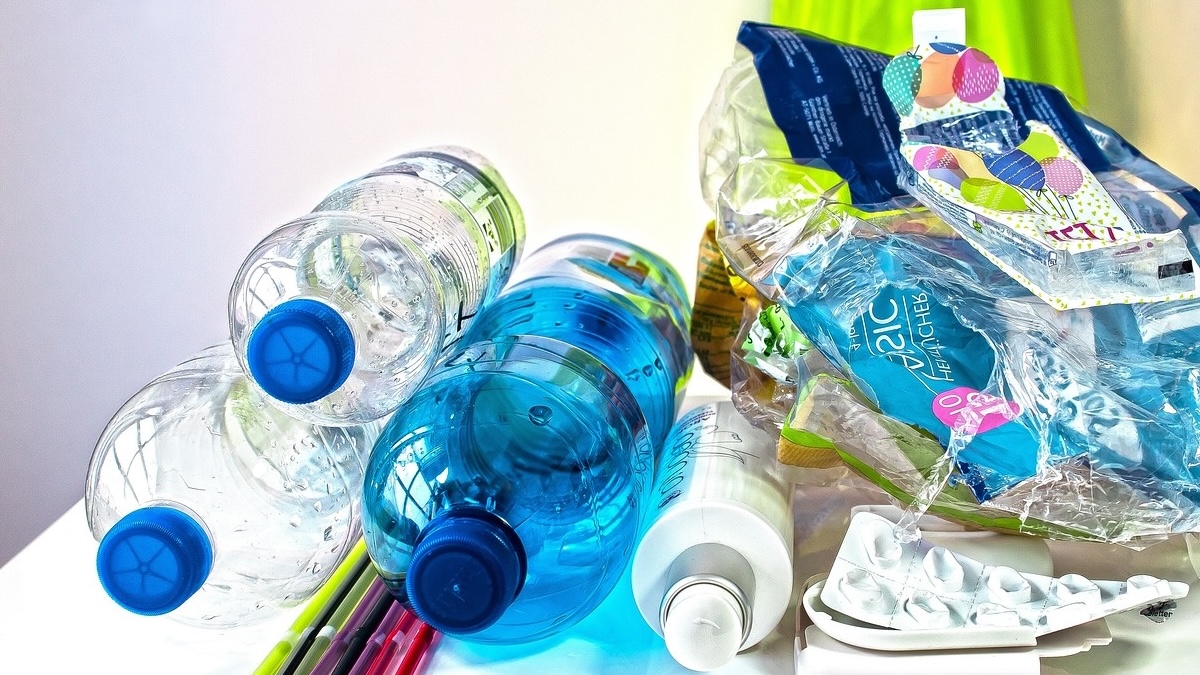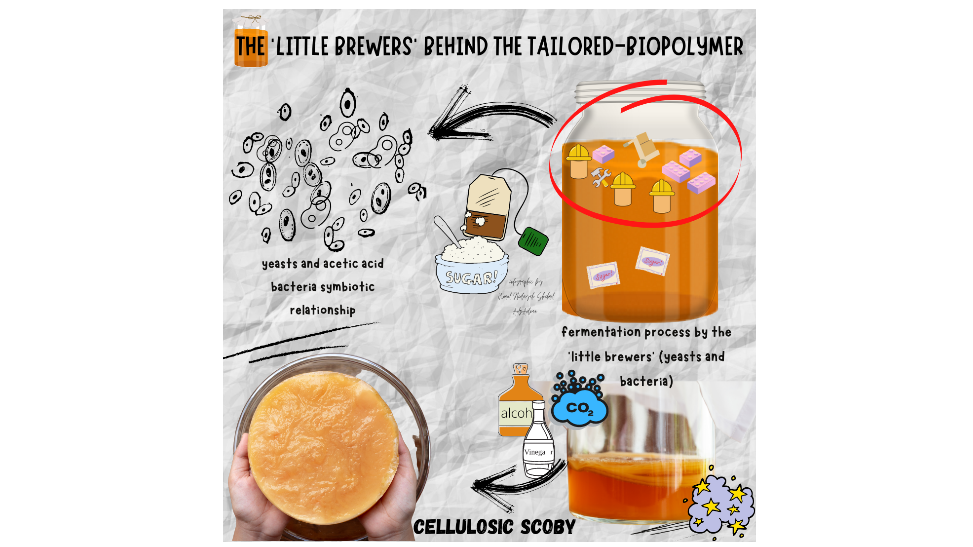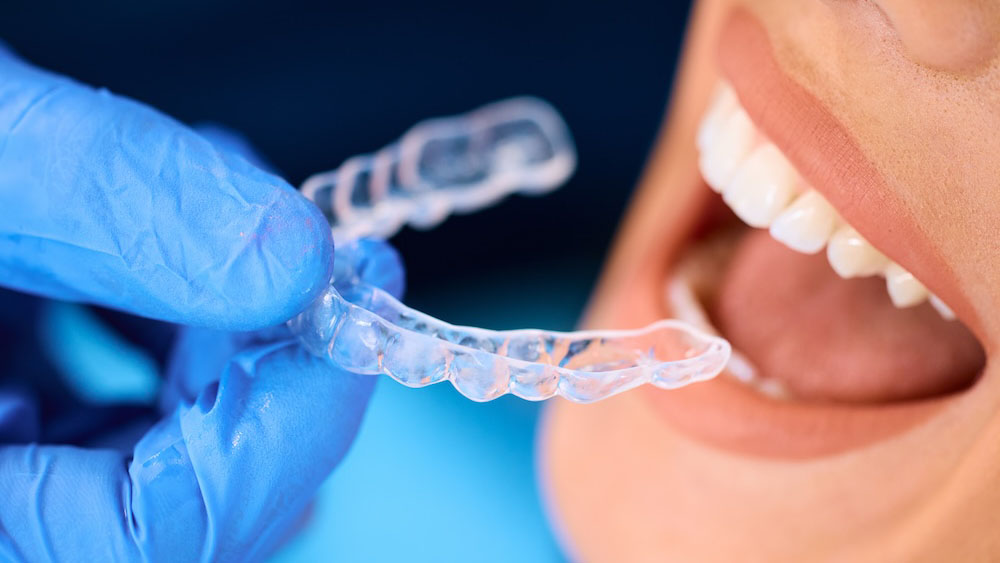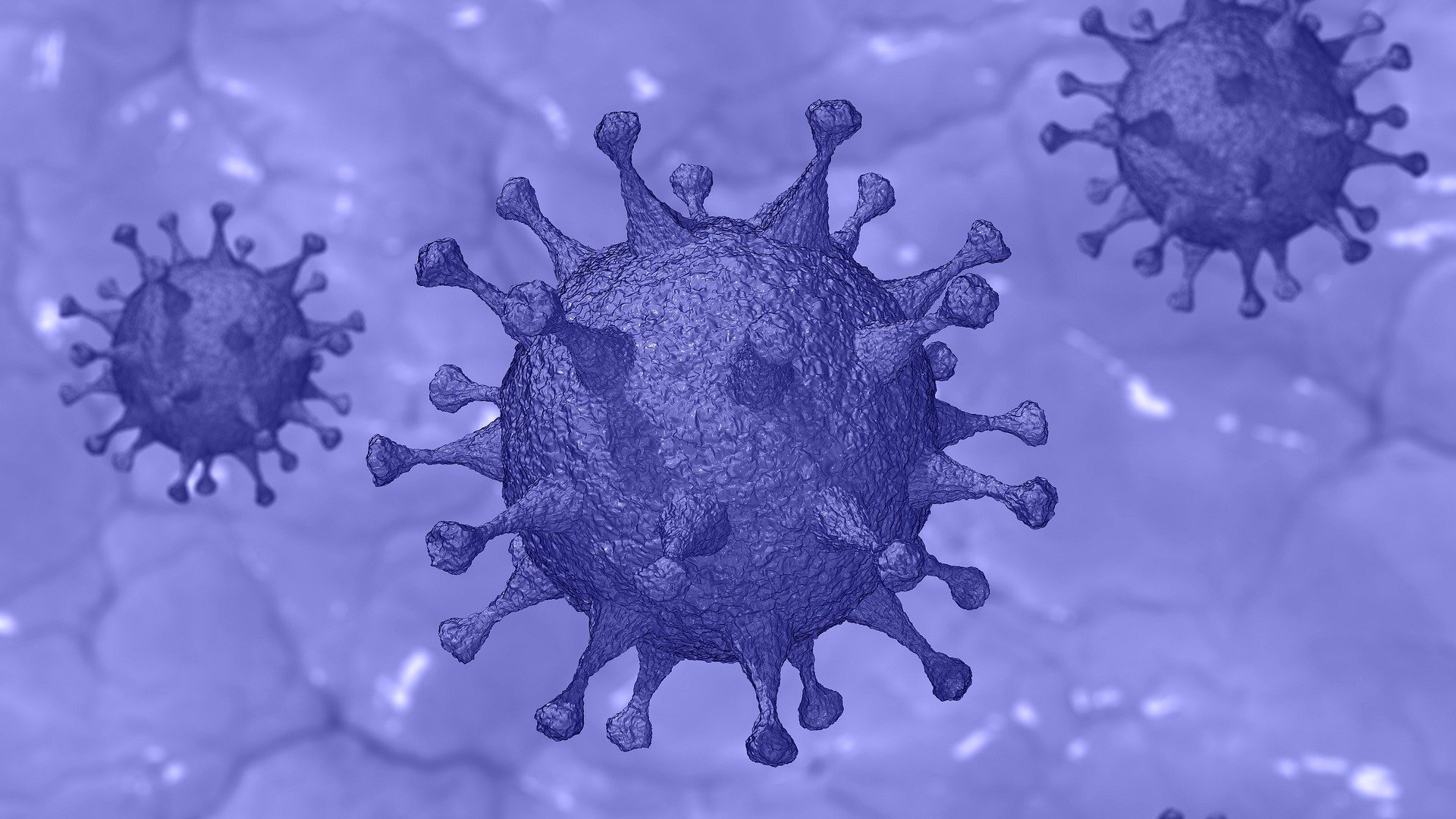Using sugars and tea as their food, the ‘little brewers’, which consist of yeasts and bacteria symbiotic relationship, formed a squishy cellulosic mat called SCOBY (symbiotic colony of bacteria and yeasts).
This mat is a sort of ‘neighborhood’ for the bacteria (acetic acid bacteria) and yeasts that turn sweet tea into brewed tea called Kombucha. These bacteria and yeast consume the sugar as a carbon source and nutrients in sweet tea; converts them into alcohol, organic acids, and carbon dioxide (CO2) to secrete SCOBY and produce Kombucha tea through fermentation process.
Talking about SCOBY, the cellulosic pellicles/mat, which is approximately around a quarter inch to 2-inch thickness in size, will sit on top of brewing Kombucha. This cellulosic mat sits on the surface of the brewed tea, which is basically a bunch of fiber that is entangled together, made by the bacteria. If you get the chance to observe the SCOBY mat under the electron microscope, you can actually observe the bacteria (acetic acid bacteria) creating these fiber networks of SCOBY. It’s mind-blowing!

If we go into the specifics of the brewing process, the yeast consumes sugar as the carbon source to produce alcohol and carbon dioxide. Meanwhile, the cohabitant Acetic Acid Bacteria play their role in turning the alcohol into vinegar with the presence of oxygen. A unique fermented product, Kombucha tea develops a distinctive sourness over time, making timing a crucial aspect when consuming the beverage to achieve the perfect balance of taste, with the optimum amount of residual sweetness to be paired with the lively sting of acidity.
There are two types of fermentation taking place: ethanol fermentation and acetic acid fermentation, and an excellent Kombucha will contribute the ideal blend between them. The yeast in the SCOBY produces an enzyme (sucrase) that degrades the sugar into levulose and glucose. Subsequently, glucose then will be oxidized into pyruvate, alcohol, and acetaldehyde, producing carbon dioxide as a by-product, which will give Kombucha the appealing touch of carbonation.
In general, SCOBY fermentation is usually done at room temperature and the SCOBY layer is harvested within 14-30 days according to the desired shape and size. Its flexibility features, the requirement of minimum media compositions, environmental-friendly and low-cost of this biofilm leading to its utilization in many potential industries. Additionally, the optimization of fermentation parameters is essential for processing scale-up to reduce SCOBY processing cost in order to manufacture its wide potential in sustainable applications.
Traditionally, Kombucha is served as a healthy tea drink. Like other fermented products, the trace alcohol in Kombucha is far less than found in ripe bananas (~1%), ripe lemon (~2%) and other fruits. Thus, it does not intoxicate and is safe for consumption. There were few studies claiming about Kombucha’s advantages and benefits to digestion system due to its brewed broth, which contained antibacterial features as well. The advantages are due to the presence of some organic acids (e.g. acetic acid/vinegar) and polyphenol antioxidants compounds. Scientists do suggest that Kombucha that produced from black or green tea contained antimicrobial characters against pathogenic bacteria and harmful yeasts. Harmful yeasts (e.g. Candida), may affect gastrointestinal tract may cause symptoms such as stomach cramps and bloating. The good news is this antimicrobial feature don’t affect the beneficial ‘little brewers’ (acetic acid bacteria and yeasts) that present in Kombucha tea. Advantageous relationship!
Extensive research is required in this field, however, in one study, Kombucha is favorable in preventing the growth of cancerous cells. Previous studies to elucidate the anti-cancer property of Kombucha beverage met inconclusive results. Some attempts think this anti-cancer property could be partially due to Kombucha’s polyphenol compounds. Studies also suggest that regular tea drinkers are at low risk to develop various types of cancer.
With today's modern biotechnology, the SCOBY biopolymer has many applications. Cellulosic SCOBY prevalent applications of this cellulosic biomaterial include wound healing material, bio-cloth, sculptures/artwork, biodegradable plastics, bio-cellulose face mask and high-tech audio devices. Meanwhile, in textile industry, potential future could be created by incorporating SCOBY as bio-clothing material. Indirectly, the utilization of a biodegradable and biocompatible material on the environment would be amazing.
To wrap things up and give an idea about the microbe’s diversity in Kombucha, most of the yeast is located on the bottom part, and the SCOBY consists of the cellulosic mat and acetic acid bacteria. These two colonies synthesize the cellulose, the acetic acid bacteria and yeast have this bond, where they really grow well together. From this interesting bond, the outcomes are remarkable. It is the symbiotic relationship of the ‘little brewers’; bacteria and the yeast that allow them to carry out this lively process, which leads to the formation of tailored biopolymer (SCOBY) and tangy Kombucha beverage. As deduced earlier, further research is essential to establish the relationship between the microbial diversity of SCOBY to brewed Kombucha beverage metabolite compounds, flavor, and acidity of end products.



